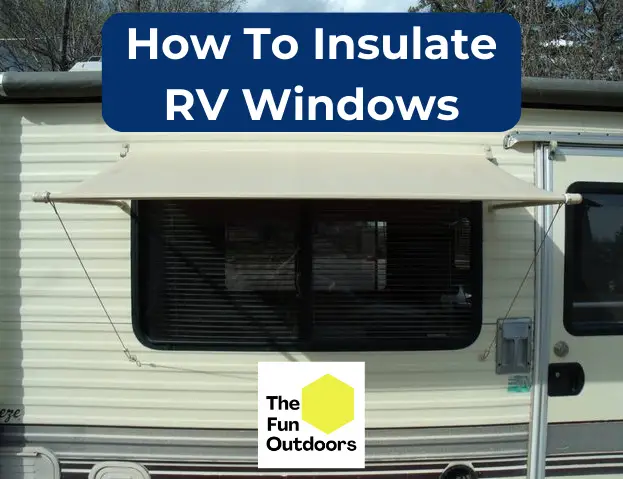Insulating RV windows is an essential task for any RV owner who wants to stay comfortable in their vehicle, regardless of the weather. Properly insulating your RV windows can help regulate the temperature inside the RV, keep out unwanted noise, and reduce energy costs.
There are several methods of how to insulate RV windows including bubble wrap, hanging curtains, rigid foam board, shrink wrap, and more. Each method has its own benefits and drawbacks.
We cover ten of the easiest methods of RV window insulation along with the pros and cons of each, plus we discuss which method of insulating RV windows is best for which season and situation in this guide.
Why Insulate RV Windows?
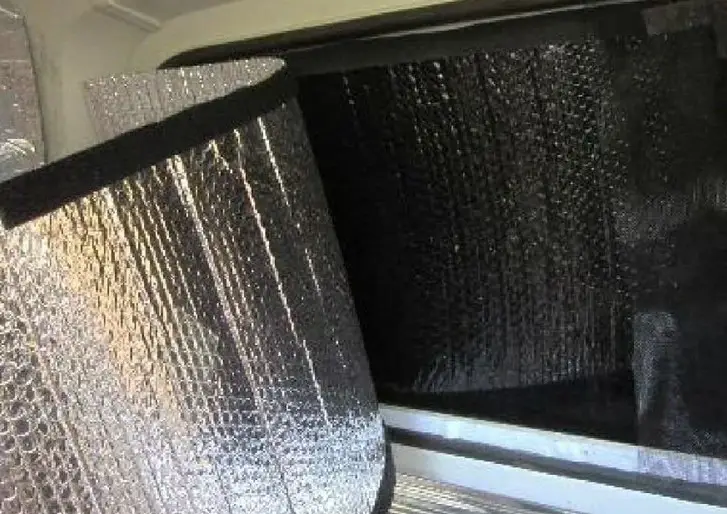
Insulating RV windows is important because it helps to regulate the temperature inside the RV. Without proper insulation, cold air can seep in during the winter, making it difficult to keep the RV warm and comfortable. Similarly, in the summer, heat can enter through the windows, making it harder to keep the RV cool.
There are several sources of heat that can affect the temperature inside an RV, including the sun, cooking appliances, and body heat. Insulating the windows can help to reduce the amount of heat that enters the RV from these sources, making it easier to maintain a comfortable temperature.
Properly insulated windows can also help to reduce the load on the RV’s heating and cooling equipment, which can improve its lifespan and keep repair costs to a minimum. Driving the RV with the air conditioning or heating on can also consume more gas, so proper insulation can help to reduce fuel costs.
In cold weather, RV window insulation products can create a barrier to help prevent heat loss. This can help to keep the RV warmer and reduce the amount of energy needed to heat the interior. In hotter weather, window insulation can help to prevent heat gain and keep the RV cooler.
Types of RV Windows
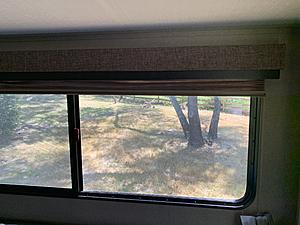
RV windows come in different types, each with its own unique features and benefits. Understanding the different types of RV windows can help you choose the right type of insulation for your RV.
Knowing which kind you have will help prepare you to choose the best insulation method for your RV.
Single Pane Windows
Single pane windows are the most common type of RV windows. They are made up of a single pane of glass, which means they offer little insulation. Single pane windows are lightweight and affordable, but they are not very energy-efficient. They are also more prone to breaking and cracking than other types of RV windows.
Tempered Glass
Tempered glass is a type of safety glass that is commonly used in RV windows. It is stronger and more durable than single pane windows, making it less prone to breaking and cracking. Tempered glass is also more energy-efficient than single pane windows, but it is more expensive.
Laminated Glass
Laminated glass is made up of two or more panes of glass that are bonded together with a layer of plastic. This type of glass is more energy-efficient than single pane windows and is also stronger and more durable than tempered glass. Laminated glass is the most expensive type of RV window, but it offers the best insulation and durability.
Insulation Techniques
There are several effective techniques to insulate RV windows. Each technique has its own pros and cons, and the choice of technique depends on personal preference and specific needs. Here are some of the most popular techniques:
Shrink Plastic Film
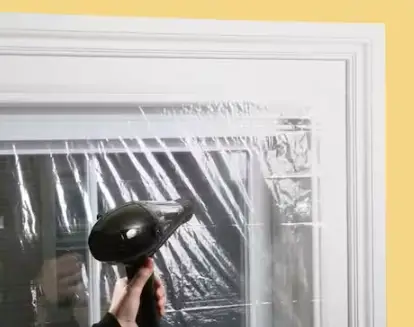
Shrink plastic film is a popular and affordable way to insulate RV windows. The film is applied to the window using double-sided tape, and then heated with a hairdryer to shrink and create a tight seal. This technique is effective in reducing heat loss and preventing drafts.
Bubble Wrap
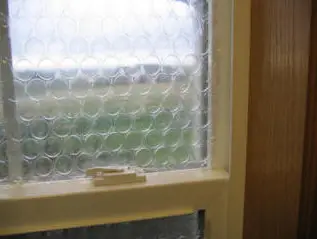
Bubble wrap is another affordable and easy-to-use insulation technique for RV windows. The bubble side of the wrap is applied to the window using water or spray adhesive, creating an air pocket that acts as insulation. This technique is effective in reducing heat loss and preventing drafts.
Insulated Curtains
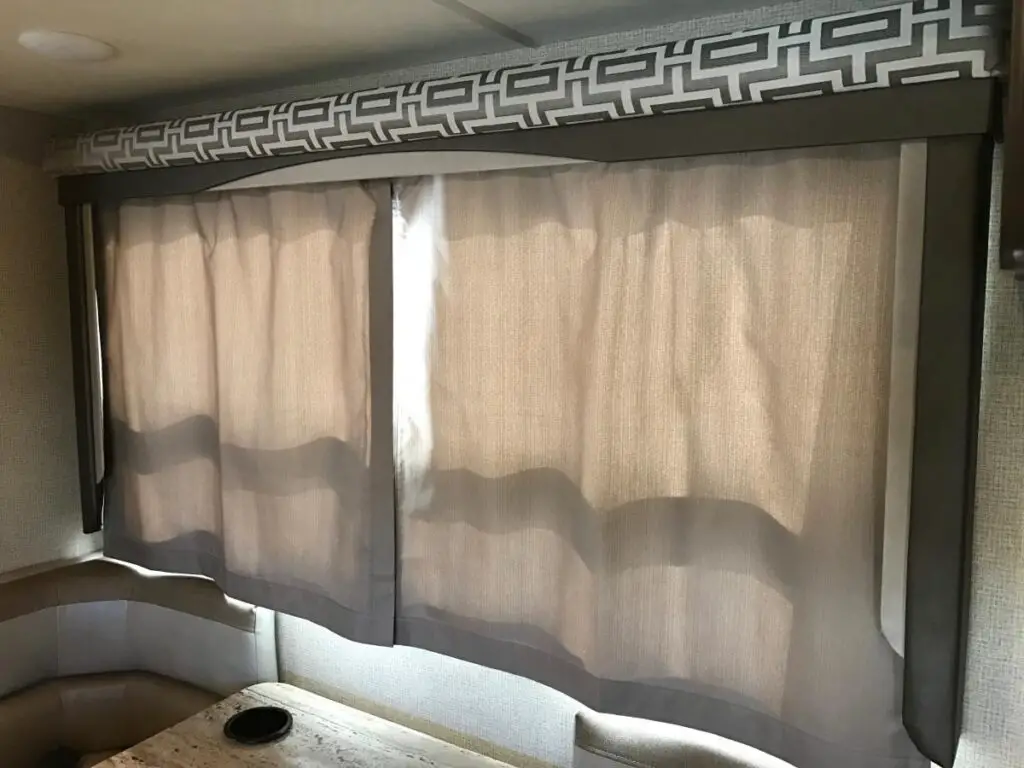
Insulated curtains are another popular way to insulate RV windows. These curtains are made of thick, insulating materials such as wool or polyester, and are designed to block out light and cold air. This technique is effective in reducing heat loss and preventing drafts, and also adds a decorative touch to the RV interior.
Plastic Film
Plastic film is a simple and affordable way to insulate RV windows. The film is applied to the window using double-sided tape, and creates an air pocket that acts as insulation. This technique is effective in reducing heat loss and preventing drafts, but may not be as durable as other insulation techniques.
Sheets of Styrofoam
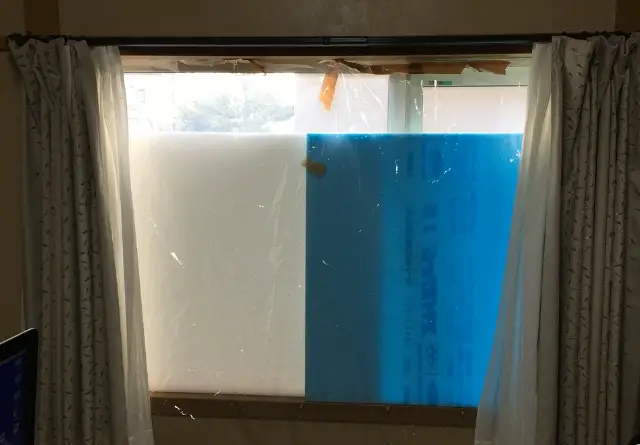
Sheets of styrofoam are a more permanent and effective way to insulate RV windows. The Styrofoam is cut to fit the window and then secured in place using adhesive or Velcro. This technique is effective in reducing heat loss and preventing drafts, but may not be as visually appealing as other insulation techniques.
Plexiglass
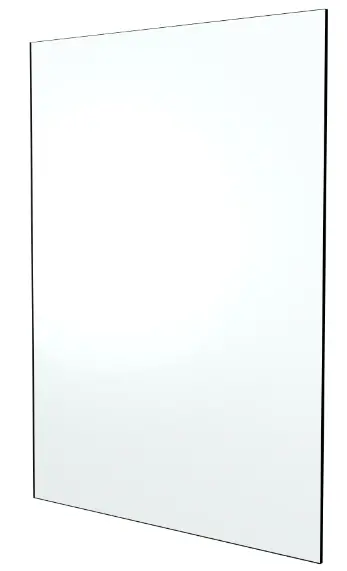
Plexiglass is a durable and effective way to insulate RV windows. The Plexiglass is cut to fit the window and then secured in place using adhesive or Velcro. This technique is effective in reducing heat loss and preventing drafts, and also adds a layer of security to the RV.
Rigid Foam Insulation
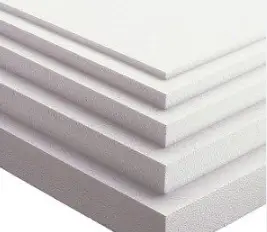
Rigid foam insulation or foam board is a more permanent and effective way to insulate RV windows. The insulation is cut to fit the window and then secured in place using adhesive or Velcro. This technique is effective in reducing heat loss and preventing drafts, but may be more difficult to install than other insulation techniques.
Reflectix
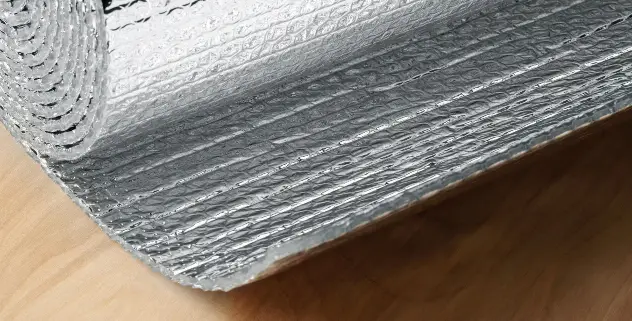
Reflectix is a popular and effective way to insulate RV windows. The material is made of reflective foil and is designed to reflect heat back into the RV. The Reflectix is cut to fit the window and then secured in place using adhesive or Velcro. This technique is effective in reducing heat loss and preventing drafts.
Tint Your RV Windows
Tinting your RV windows is a simple and effective way to reduce heat gain and glare. The tinting film is applied to the window using double-sided tape, and can be easily removed if necessary. This technique is effective in reducing heat gain and glare, but may not be as effective in reducing heat loss and preventing drafts.
Replace Your Single-Pane RV Windows With Double Pane
Replacing single-pane RV windows with double pane windows is a more permanent and effective way to insulate RV windows. The double pane windows are designed to reduce heat loss and prevent drafts, and also provide better sound insulation. This technique may be more expensive than other insulation techniques, but provides long-term benefits.
DIY RV Window Covers
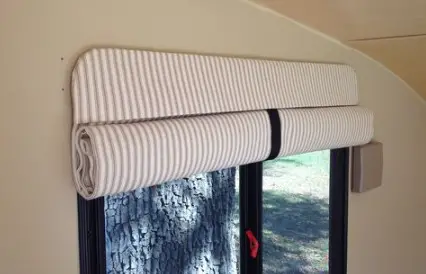
Insulating RV windows is an important step in keeping your RV comfortable during extreme weather conditions. Making DIY window covers is a cost-effective way to insulate your RV windows. Here are some tips on how to make your own window covers.
Custom RV window covers and/or windshield covers can be made using various materials like Reflectix, bubble wrap, or insulated fabric. Reflectix is a popular choice as it is lightweight, easy to cut, and provides excellent insulation. The material can be purchased from any home improvement store.
To make window covers using Reflectix, first, measure the size of your RV windows and cut the material accordingly. Next, attach double-sided tape to the edges of the Reflectix and stick it to the window frame. This will create an airtight seal and prevent heat loss.
For those who prefer a more decorative look, insulated fabric can be used to make window covers. The fabric can be purchased from any fabric store and comes in various patterns and colors. To make the covers, simply measure the size of the windows and cut the fabric accordingly. Attach Velcro or double-sided tape to the edges of the fabric and stick it to the window frame.
Benefits Of Insulating Your RV Windows
Insulating your RV windows can bring a range of benefits, including:
Lower Power Consumption
When your RV windows are not insulated, they can allow a significant amount of heat to escape in the winter, and let in a lot of heat in the summer. This means that your RV’s heating and cooling systems have to work harder to maintain a comfortable temperature inside. By insulating your RV windows, you can reduce the load on your heating and cooling systems, which can lead to lower power consumption and lower energy bills.
Less Strain On Your RV’s Heating and Cooling Systems
Insulated windows can also reduce the strain on your RV’s heating and cooling systems. When your RV’s heating and cooling systems are overworked, they can wear out faster and require more frequent repairs. By reducing the load on these systems, you can prolong their lifespan and reduce the need for repairs.
See Related: How to Stay Cool In An RV Without Air Conditioning and How To Make Your RV AC Colder
Reduced Wear On Your RV Interior
Insulated windows can also protect your RV’s interior from wear and tear. When your RV’s interior is exposed to extreme temperatures, it can cause damage to your furniture, upholstery, and other materials. By maintaining a constant temperature inside your RV, you can reduce the risk of damage and extend the lifespan of your interior.
Overall, insulating your RV windows can help you save money on energy bills, reduce the strain on your RV’s systems, and protect your interior from wear and tear.
Check out our other helpful RV window repair and info guides while you’re here:

